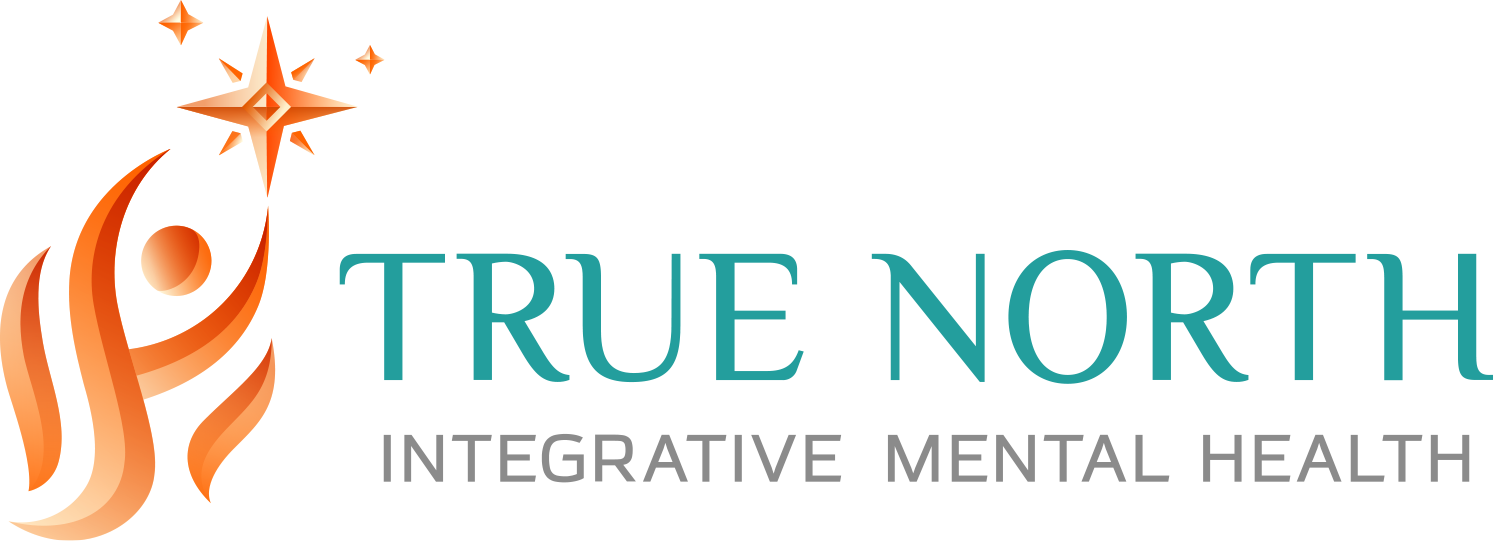Everything You Need To Know About Bipolar Disorder
Dr. Jamie Rogers • September 23, 2024
Bipolar disorder is a mental health condition that affects many people. It causes extreme mood swings, including emotional highs (mania) and lows (depression).
These changes can impact daily life, relationships, and overall well-being. Understanding bipolar disorder is crucial because it often leads to misinterpretation of the symptoms.
Too many individuals suffer in silence or face stigma, which can prevent them from seeking help. This blog aims to provide clear information about bipolar disorder, its signs, treatment options, and ways to manage it.
Bipolar depression, a significant aspect of bipolar disorder, can be managed with specific neuroleptic medications. Effective treatment often involves a combination of medications and psychotherapy, with mood stabilizers and antidepressants playing crucial roles in preventing manic symptoms.
By raising awareness, we can help those affected feel less alone and encourage conversations about mental illness.
Understanding the Types of Bipolar Disorder
Bipolar disorder is not a one-size-fits-all condition; it comes in various forms. Understanding these types can help in recognizing symptoms and seeking the appropriate treatment. Previously known as 'manic depression,' bipolar disorder is characterized by extreme mood swings that include manic and depressive episodes.
1. Bipolar I Disorder
- Characterized by one or more manic episodes, which may be preceded or followed by hypomanic or depressive episodes.
- The manic episodes can be severe and may require hospitalization.
2. Bipolar II Disorder
- Involves a pattern of depressive episodes and hypomanic episodes, but no full-blown manic episodes.
- Individuals with this type often experience more depressive episodes than hypomanic ones.
3. Cyclothymic Disorder
- Represents a milder form of bipolar disorder, where periods of hypomania and mild depression persist for at least two years (one year in children and adolescents).
- Symptoms may not meet the full criteria for hypomanic or depressive episodes.
4. Other Specified and Unspecified Bipolar and Related Disorders
- This category includes bipolar disorder symptoms that do not match the three categories listed above.
Understanding the Symptoms of Bipolar Disorder
Bipolar disorder manifests itself through a range of symptoms that can significantly affect an individual’s life. Recognizing these symptoms is essential for early intervention and effective treatment. Manic symptoms, in particular, can escalate to significant challenges in maintaining a normal daily routine, making mood-stabilizing medications crucial for managing these symptoms effectively.
Common Symptoms
- Mood Changes: One of the most noticeable aspects is the dramatic shift between mania and depression, often characterized by a manic episode, which is a significant period marked by heightened mood and energy levels.
- Energy Levels: During manic phases, individuals may feel unusually energetic, while depressive phases often lead to a lack of energy and motivation.
- Sleep Disturbances: Individuals may experience insomnia in manic episodes and hypersomnia (excessive sleeping) during depressive states.
Additional Indicators
Other symptoms might include:
- Altered Social Behavior: Increased irritability or over-involvement in risky activities during manic episodes.
- Difficulty Concentrating: Challenges in focusing on tasks or making decisions during either phase.
Diagnosis and Treatment
Diagnosing bipolar disorder involves a comprehensive assessment by a mental health professional. Bipolar disorder treatment focuses on minimizing the frequency and intensity of depressive and manic episodes, enabling individuals to lead a more normalized life. The clinician will typically review the patient’s medical history, conduct interviews, and use diagnostic criteria outlined in the DSM-5 (Diagnostic and Statistical Manual of Mental Disorders). Early diagnosis is vital to ensure appropriate treatment and improve quality of life.
Common Diagnostic Criteria
- Mood Episodes: A history of manic, hypomanic, or depressive episodes.
- Duration: Symptoms must persist for a certain length of time, as defined by the DSM-5.
- Impact on Functioning: Severe symptoms can cause significant distress or impairment in daily functioning.
Bipolar Treatment Options
Effective management of bipolar disorder usually involves a combination of medication, therapy, and lifestyle changes. Treating bipolar disorder often includes the use of anticonvulsant medicines and mood stabilizers, such as lithium, which are essential for managing symptoms and episodes.
Medications:
- Mood Stabilizers: Often prescribed as the first line of ongoing treatment; they help to control mood swings.
- Antipsychotics: These can be useful, particularly during manic phases when intense mood changes are present.
- Antidepressants: Care must be taken when prescribing these, as they can sometimes trigger manic episodes.
Therapeutic Approaches:
- Cognitive Behavioral Therapy (CBT): Aims to identify negative thought patterns and provide coping strategies.
- Interpersonal and Social Rhythm Therapy (IPSRT): Focuses on stabilizing daily rhythms and improving interpersonal relationships.
Talk therapy, including psychotherapy, plays a crucial role in managing mood swings and emotional challenges, often in conjunction with medication for comprehensive care.
Lifestyle Strategies:
- Regular Exercise: Physical activity can significantly elevate mood and alleviate depressive symptoms.
- Sleep Hygiene: Establishing a consistent sleep schedule can help manage bipolar symptoms.
- Mindfulness and Meditation: These practices can reduce anxiety and promote emotional stability.
Support Resources:
- Bipolar Support Groups: Connecting with others who understand can provide emotional support and reduce feelings of isolation.
- Educational Resources: Understanding more about bipolar disorder through reputable sources can empower individuals to manage their condition effectively.
Living with Bipolar Disorder
Living with bipolar disorder can present unique challenges, but understanding the available strategies and support systems can greatly improve daily life. People with bipolar disorder have unique differences in brain structure and function compared to those without the disorder, and various treatment approaches, including psychotherapy and medication, are designed specifically to support and manage their symptoms.
Here are some key approaches to managing this condition:
Building a Support Network
Establishing a reliable support network is crucial. This can include:
- Friends and Family: Open communication with loved ones can create an understanding environment.
- Mental Health Professionals: Regular appointments with therapists or psychiatrists help maintain mental well-being.
- Support Groups: Joining groups for individuals with bipolar disorder allows for shared experiences and insights.
Daily Management for People With Bipolar Disorder
To help regulate mood swings and maintain emotional balance, consider incorporating the following strategies into your routine:
- Create a Routine: Establishing a consistent daily schedule can provide structure, reducing unpredictability in life.
- Monitor Mood Symptoms: Keeping a mood diary can help identify triggers and track changes.
- Practice Self-Care: Engaging in activities that promote overall well-being, such as:
- Healthy Nutrition: Maintaining a balanced diet is essential for mental health.
- Exercise: Regular physical activity is highly effective in enhancing mood and reducing anxiety.
It is also important to note that certain genes can increase the likelihood that individuals will develop bipolar disorder, especially with a family history. Environmental factors and non-genetic influences may also play a role in whether someone ultimately develops the condition.
Recognizing Early Warning Signs
Early detection of mood shifts can lead to timely intervention. Talk to your support network about potential signs to watch for, such as:
- Changes in sleep patterns
- Increased irritability or restlessness
- Withdrawal from social activities
The Role of Family and Friends
- Understanding the influence of family and friends is vital in order to treat bipolar disorder. A strong support system can significantly enhance the well-being of individuals dealing with this condition.
Supportive Relationships
Being surrounded by empathetic and understanding individuals is crucial. Consider these aspects:
- Active Listening: Family and friends should practice active listening, allowing individuals with bipolar disorder to express their feelings without judgment.
- Open Communication: Encouraging an environment where feelings and concerns can be openly discussed helps reduce feelings of isolation.
Practical Support
Family and friends can also provide practical support in various ways:
- Encouraging Treatment Adherence: Reminding a loved one to take medications or attend therapy sessions.
- Participating in Activities: Engaging in enjoyable activities together can boost mood and provide a sense of normalcy.
Are you or is someone you know seeking help for bipolar disorder?
Living with bipolar disorder presents unique challenges, but with the right knowledge and support, it is manageable. Remember, you are not alone on this journey. By reaching out, learning, and connecting with others, you can find strength and stability. For further guidance and resources, consider consulting mental health professionals. The mental health services administration (SAMHSA) offers an online Behavioral Health Treatment Services Locator, which is a valuable tool for finding mental health support.
Reach out to us for guidance and support at
True North IMH in Greenville NC and take the first step towards a brighter future.

Our Helpful Links
Schedule a Consultation
Get help with depression today! It's important to know that you are not alone.


